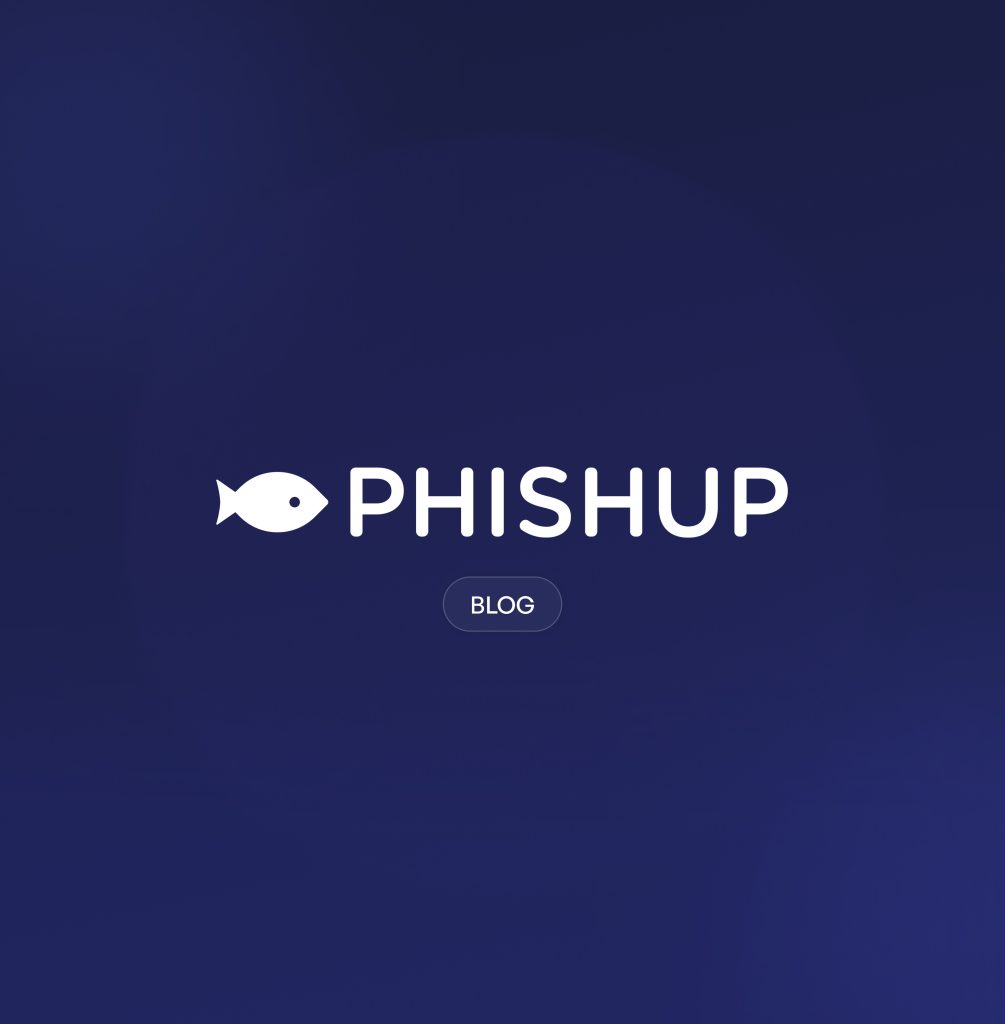
In the evolving landscape of cybersecurity, adversaries are continually finding innovative ways to exploit digital vulnerabilities. The latest threat making waves is “quishing” – a crafty fusion of “QR” and “phishing.” By leveraging QR codes, cybercriminals are engineering a new wave of phishing attacks that offer speed and convenience in the realm of deception. In this blog, we’ll dissect the rising menace of quishing and explore how it’s reshaping the phishing landscape.
The QR Code Revolution: QR codes, those unassuming two-dimensional barcodes, have become integral to our digital lives. They provide quick and contactless access to information, services, and products, making them invaluable tools during the Covid-19 pandemic.
The Convergence of QR Codes and Phishing: QR codes are now being weaponized in phishing campaigns, giving rise to quishing. In August 2023, a noteworthy email campaign emerged, employing QR codes to phish for Microsoft credentials. The attackers ingeniously redirected QR code links from seemingly legitimate domains, including Bing, Salesforce, and Cloudflare, to cunningly crafted phishing sites. Given that the email subjects often mimicked Microsoft security notifications, the Bing URLs seemed unremarkable at first glance.
The Quishing Surge: Recent times have witnessed a surge in quishing emails, which come in two menacing flavors:
- Those that direct victims to malware-infested sites.
- Those aiming to pilfer valuable credentials.
Cloaked in Deception: These quishing emails are masters of disguise. They mimic emails from banks, trusted organizations, or even internal communications from your workplace. HR or IT departments are common pretenses. QR codes in these emails can be either embedded or sent as attachments.
The Power of Subtlety: To enhance their deception, quishing emails keep text to a minimum. By relying on embedded images to convey their message, they minimize the chances of making a glaring mistake. Furthermore, this image-centric approach makes it harder for spam filters to detect malicious intent.




